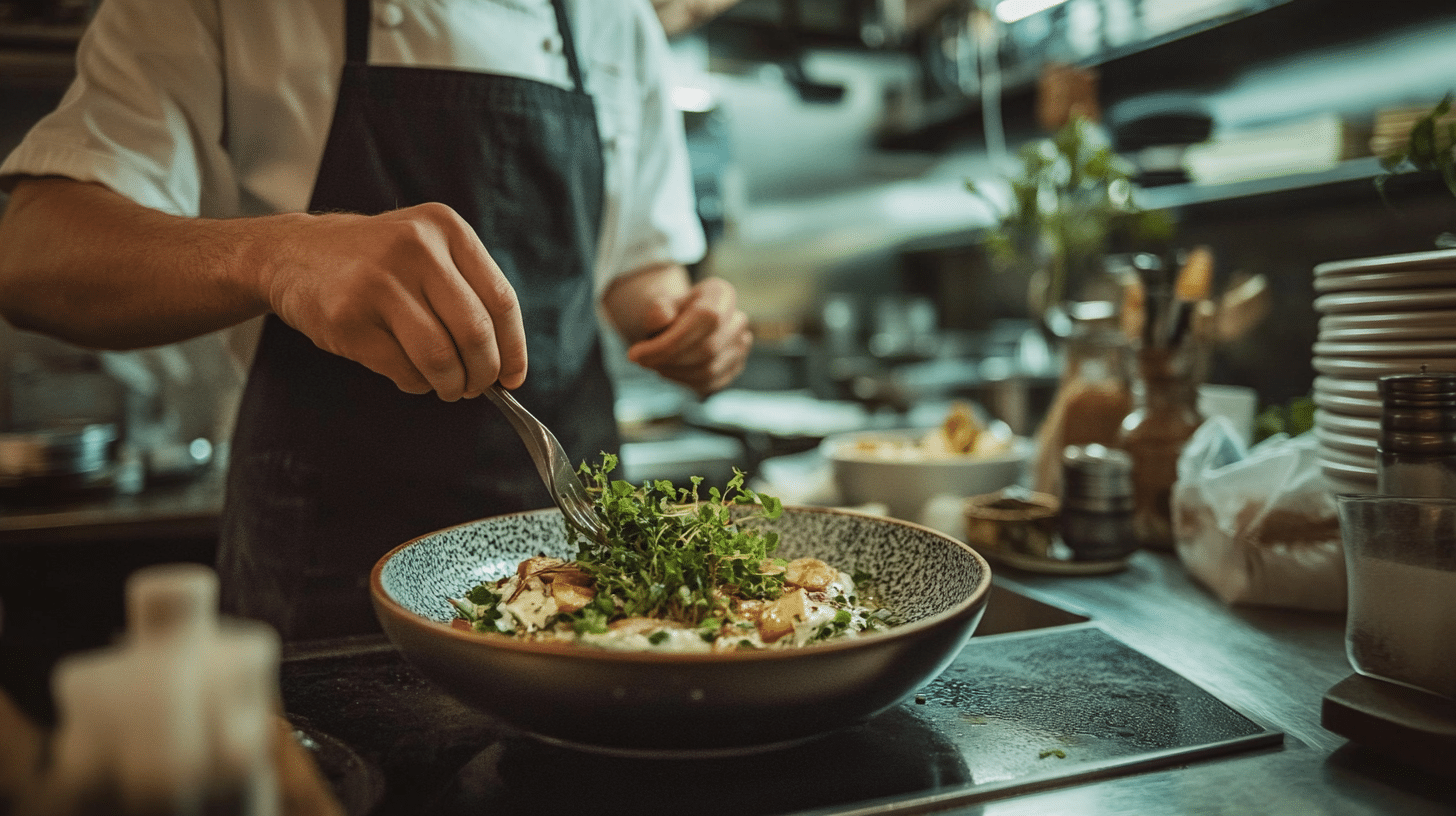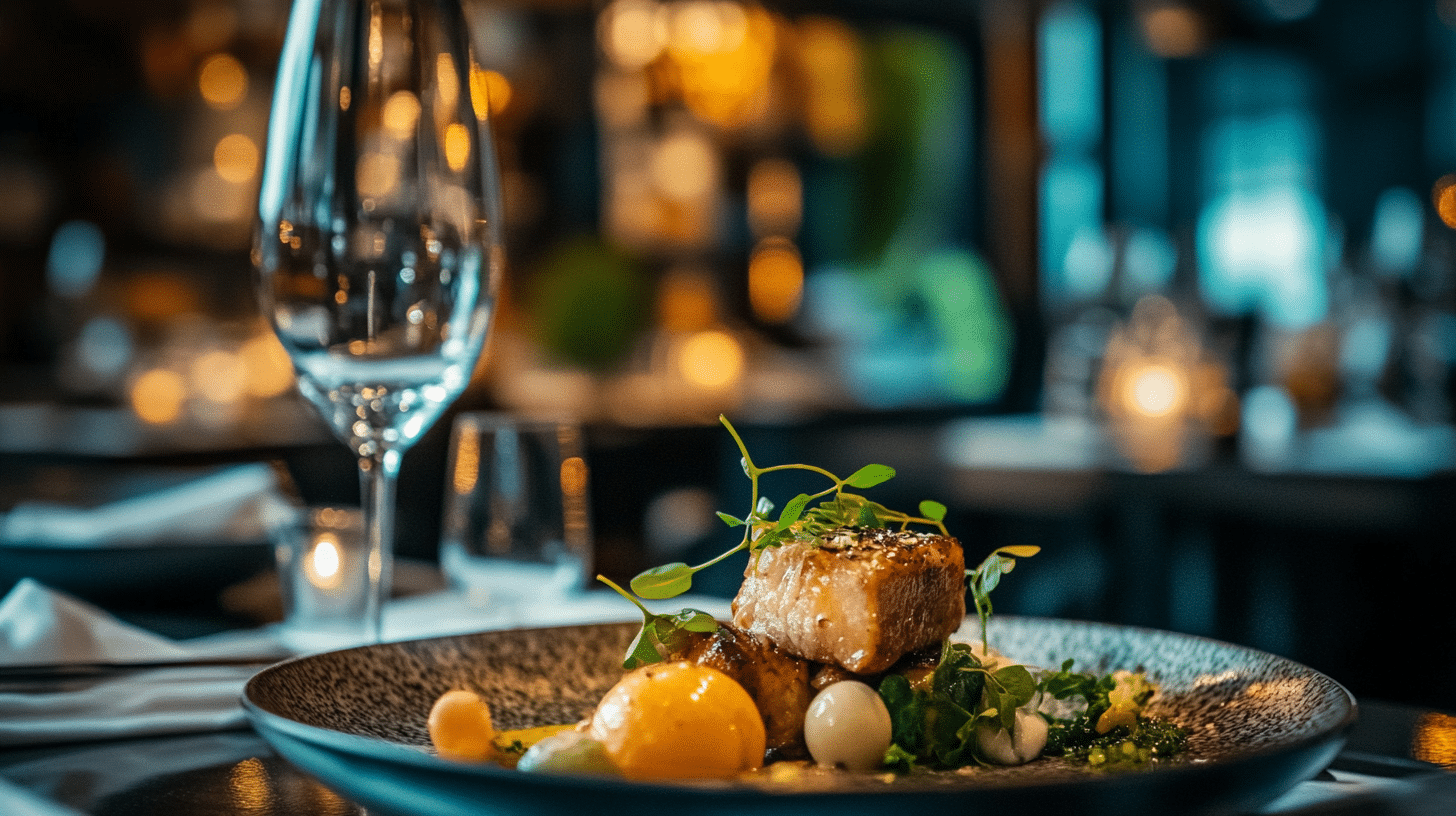When it comes to remarkable dining experiences, Norway is increasingly gaining recognition for its unique approach to food, rooted in traditional Nordic flavors, innovative culinary techniques, and an emphasis on locally sourced ingredients. Famous Norwegian restaurants are not only about luxury dining but also about sustainable dining, farm-to-table philosophies, and seasonal menus that highlight the stunning diversity of local produce. In this guide, we explore the best that Norway’s culinary landscape has to offer, including Michelin-starred Norwegian restaurants, Oslo’s dynamic dining scene, and chef-driven eateries that provide an unforgettable taste of Arctic ingredients, fjord-inspired flavors, and contemporary Norwegian dishes.
Table of Contents
- Exploring the Oslo Dining Scene
- Michelin-Starred Norwegian Experiences
- The Farm-to-Table Philosophy in Norwegian Cuisine
- Regional Norwegian Dishes and Coastal Cuisine
- Chef-Driven Restaurants Redefining Modern Scandinavian Dining
- Luxury Dining in Norway
- Local Ingredients: Arctic, Seasonal, and Fresh
- Culinary Tourism in Norway: A Unique Experience
- How Biyo POS Can Enhance Your Restaurant Experience
- FAQs
Exploring the Oslo Dining Scene
Oslo is a hub for culinary innovation, housing some of the most famous Norwegian restaurants. The city’s dining scene blends tradition and modernity, offering diverse flavors ranging from innovative Norwegian cuisine to traditional Nordic dishes. Oslo is where the heart of Norway’s culinary magic unfolds.
Bravo: A Contemporary Delight
Bravo is a true representation of modern Scandinavian dining. Situated in Oslo, this restaurant has a strong focus on seasonal menus and offers a relaxed atmosphere, drawing inspiration from the finest local Norwegian ingredients. Whether you’re indulging in seafood specialties or enjoying coastal Norway dining, Bravo has a lot to offer for those seeking a taste of Norway with a modern twist.
Cru: Blending Tradition and Modernity
With its warm Nordic decor and an outstanding selection of regional Norwegian dishes, Cru is an excellent choice for anyone who wants a taste of contemporary Norwegian dishes. Known for its carefully crafted menu, Cru takes you on a journey of seasonal ingredients, including Arctic berries, seafood, and locally sourced meats. For those interested in Norwegian food culture, Cru is a must-visit.
Smalhans: Where Local Meets Innovative
Smalhans is an essential stop in Oslo’s dining scene, a place that embodies the farm-to-table philosophy while offering a cozy and welcoming environment. Its emphasis on sustainable dining is evident in each dish, which is prepared using locally grown ingredients and served with creativity and flair. This restaurant celebrates Norway’s love for authentic flavors while adding a contemporary twist.

Michelin-Starred Norwegian Experiences
Norway is home to several Michelin-starred restaurants that have garnered international acclaim. These famous Norwegian restaurants are known for their commitment to quality, local ingredients, and sophisticated dining experiences.
Stallen: A Michelin Experience
Stallen has earned its Michelin recognition for its exceptional take on traditional Nordic flavors, presented in an innovative style. Here, guests enjoy luxury dining in an elegant atmosphere. Each dish is meticulously crafted to highlight the best of Norwegian fine dining, from seafood specialties to fjord-inspired flavors that embody the essence of the country.
FAGN-Bistro: Combining Simplicity and Sophistication
FAGN-Bistro, a Michelin-starred gem, takes inspiration from Norway’s rugged landscapes and bountiful resources. Offering a menu that revolves around regional Norwegian dishes, this restaurant celebrates the connection between land and sea, presenting Arctic ingredients in a refined and imaginative way. The seasonal menus are dynamic, always reflecting the freshest local produce.
Arakataka: Elevating Traditional Ingredients
Arakataka offers a Michelin-worthy dining experience that focuses on elevating Norwegian food culture through culinary creativity. This Oslo restaurant is famed for its seafood specialties and chef-driven philosophy, transforming traditional flavors into bold, contemporary dishes. For those seeking modern Scandinavian dining with a Michelin flair, Arakataka is an incredible option.
The Farm-to-Table Philosophy in Norwegian Cuisine
Farm-to-table dining is not just a trend in Norway; it’s a deep-rooted tradition that underlines the entire food culture. This approach highlights the importance of sustainability, quality, and supporting local farmers.
Bon Lio: A Farm-to-Table Experience
Bon Lio is a standout in Norway’s farm-to-table movement. The restaurant showcases locally sourced, seasonal menus that embody the best of Norwegian food culture. From Arctic ingredients to unique regional flavors, Bon Lio is an exemplary model of sustainable dining, offering an intimate experience that connects diners to Norway’s natural resources.
Emphasizing Regional Ingredients
The use of local Norwegian ingredients such as Arctic char, lingonberries, and foraged herbs is at the heart of Norway’s culinary identity. This emphasis allows restaurants to offer truly authentic dishes that reflect the country’s seasons and geography.
Connecting Diners with Nature
Farm-to-table restaurants like Bon Lio help diners feel connected to Norway’s stunning natural landscapes. The dishes are thoughtfully prepared, often using produce that is foraged or sustainably harvested, making the dining experience a tribute to Norway’s diverse ecosystems.
Regional Norwegian Dishes and Coastal Cuisine
From Arctic fjords to lush green valleys, the culinary diversity across Norway’s regions is stunning. Famous Norwegian restaurants use regional ingredients to craft dishes that are a true reflection of Norway’s identity.
Fjord-Inspired Flavors
The fjords of Norway provide a bountiful selection of fresh seafood, which forms the basis of many traditional Norwegian dishes. Coastal cuisine is a significant part of the dining scene, with seafood specialties like salmon, herring, and Arctic cod playing a major role.
Coastal Norway Dining
Many chef-driven restaurants focus on showcasing the flavors of coastal Norway. Dishes such as salted cod and dried fish bring to life the historical and cultural significance of the country’s relationship with the sea.
Regional Specialties on the Plate
Regional Norwegian dishes, such as reindeer stew and brown cheese, bring traditional Nordic flavors to the table. By exploring these dishes, diners get a deeper understanding of Norway’s unique culture and culinary heritage.
Chef-Driven Restaurants Redefining Modern Scandinavian Dining
Modern Scandinavian dining is an evolving concept, one that emphasizes creativity, sustainability, and the reinterpretation of traditional flavors. Norway’s chefs are driving this transformation, creating culinary masterpieces from familiar ingredients.
Creative Uses of Local Ingredients
Chef-driven restaurants like Arakataka and FAGN-Bistro have perfected the art of using local ingredients in imaginative ways. The use of berries, seafood, and root vegetables in unique combinations has made these restaurants famous throughout Norway.
Innovative Culinary Techniques
Norwegian chefs often experiment with different culinary techniques, including pickling, fermenting, and smoking, to enhance the natural flavors of their ingredients. This brings a distinct twist to traditional Nordic flavors, resulting in an unforgettable experience.
Emphasis on Seasonality
The importance of seasonality is a defining characteristic of Norwegian cuisine. Restaurants like Smalhans craft their menus based on the availability of local produce, ensuring that every dish is as fresh and flavorful as possible.
Luxury Dining in Norway
For those seeking luxury dining experiences, Norway is home to several high-end establishments where refined techniques meet exclusive ingredients, offering a top-tier culinary experience.
Stallen’s Luxury Offering
Stallen takes luxury dining to the next level with its exquisite, Michelin-starred offerings. The restaurant serves some of the finest seafood, perfectly capturing the essence of Arctic and coastal flavors in an elegant setting.
Exclusive Chef Tasting Menus
Many of Norway’s famous restaurants, including FAGN-Bistro, offer exclusive tasting menus curated by their talented chefs. These menus take diners on a journey through Norway’s rich food culture, emphasizing the best of Norwegian fine dining.
Elegant Ambience and Nordic Decor
Luxury dining in Norway isn’t just about food; it’s about the entire experience. Restaurants like Cru feature sophisticated Nordic decor, creating an inviting environment that complements the exceptional cuisine on offer.
Local Ingredients: Arctic, Seasonal, and Fresh
One of the biggest draws of famous Norwegian restaurants is their focus on using fresh, locally sourced ingredients that highlight the country’s unique biodiversity.
Arctic Ingredients at Their Best
Many Norwegian dishes include Arctic ingredients such as cod, reindeer, and cloudberries. These elements capture the spirit of Norway’s northern landscapes, offering flavors that are both rich and distinctive.
Seasonal Menus Inspired by Nature
Norwegian chefs are dedicated to crafting seasonal menus that evolve throughout the year. This means that each dining experience offers something different, reflective of the changing seasons and the local produce available at the time.
Foraged Herbs and Berries
Foraging is an important tradition in Norway, and many chefs use herbs, berries, and mushrooms sourced directly from the wild. These ingredients are not only fresh but also add a distinct touch to every dish.
Culinary Tourism in Norway: A Unique Experience
Culinary tourism has become a major draw for visitors to Norway, offering the chance to explore the country’s food culture in a deeply personal way. From fjord-inspired flavors to chef-driven masterpieces, there is something for every palate.
Exploring the Oslo Dining Scene
Oslo’s restaurant scene provides a window into the broader Norwegian food culture, showcasing everything from luxury dining to farm-to-table experiences. Visitors are spoiled for choice, with restaurants like Bravo and Bon Lio leading the way in modern Norwegian cuisine.
Coastal Norway’s Seafood Heritage
For travelers seeking to experience Norway’s coastal cuisine, there is no shortage of options. Many famous Norwegian restaurants focus on showcasing the flavors of the sea, offering dishes that are deeply connected to Norway’s maritime heritage.
Chef-Driven Culinary Tours
Many chefs in Norway offer culinary tours where guests can learn more about the ingredients and techniques used in their dishes. This provides a unique, immersive experience that deepens the appreciation of Norwegian culinary traditions.

How Biyo POS Can Enhance Your Restaurant Experience
Biyo POS is an advanced point-of-sale system designed to meet the unique needs of modern restaurants, including those in Norway’s dynamic dining scene. With features that support seamless payment processing, inventory management, and customer engagement, Biyo POS helps restaurants provide an elevated dining experience. For establishments like Bravo, Cru, and Stallen, implementing Biyo POS means smoother operations and happier customers, ensuring that diners enjoy not just the food but every part of their visit.
FAQs
What are some famous Norwegian restaurants?
Some famous Norwegian restaurants include Stallen, Bravo, Cru, Smalhans, Arakataka, FAGN-Bistro, and Bon Lio. These restaurants are known for their unique approach to Nordic flavors and sustainable dining practices.
Which Norwegian restaurants have Michelin stars?
Stallen and FAGN-Bistro are Michelin-starred restaurants that offer exceptional dining experiences in Norway. Both focus on seasonal, local ingredients and innovative culinary techniques.
What makes Norwegian cuisine unique?
Norwegian cuisine is unique because of its emphasis on local, fresh ingredients such as Arctic seafood, foraged herbs, and regional specialties. The farm-to-table philosophy and focus on sustainability make Norwegian food both flavorful and distinctive.




